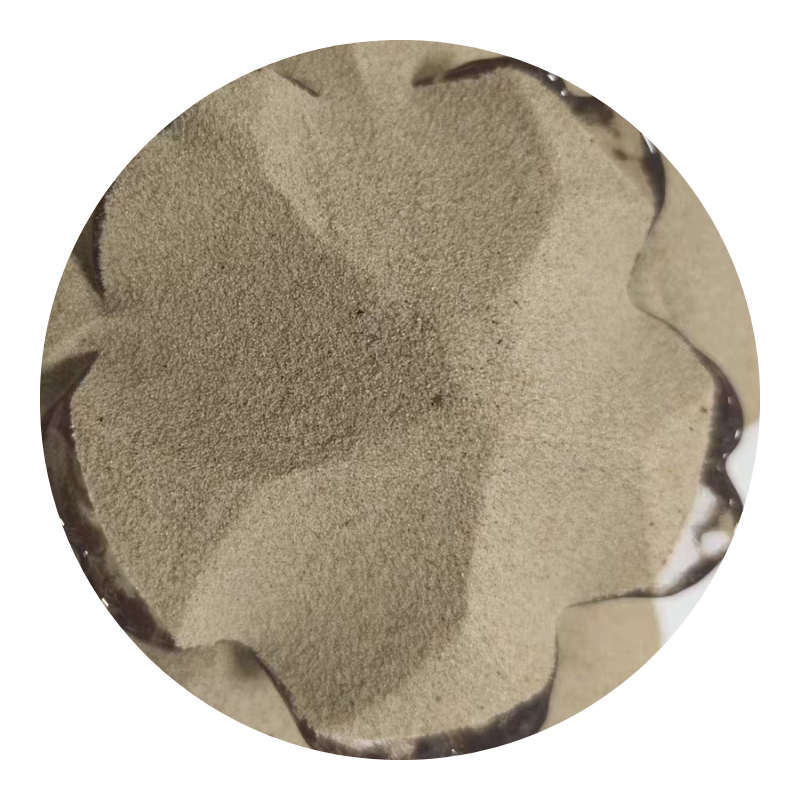
Exploring the Properties and Applications of Silicon Carbide Grain in Modern Industry
Understanding Silicon Carbide Grain Properties, Applications, and Advantages
Silicon carbide (SiC), a compound of silicon and carbon, is renowned for its exceptional hardness, thermal conductivity, and resistance to oxidation. These remarkable properties make silicon carbide grain an essential material in various industrial applications, from abrasives to semiconductor devices. This article explores the characteristics, applications, and advantages of silicon carbide grain in today’s high-tech landscape.
Properties of Silicon Carbide Grain
Silicon carbide exists in various crystalline forms, with the most common being the alpha (α) and beta (β) polytypes. The hardness of silicon carbide is one of its most significant attributes, as it ranks just below diamond on the Mohs scale. The toughness and chemical stability of SiC grains make them ideal for high-performance applications.
Additionally, silicon carbide has excellent thermal conductivity, making it suitable for environments subject to high temperatures. Its superior electrical properties allow it to function effectively as a semiconductor material, opening the door to modern electronic devices. Furthermore, silicon carbide exhibits low thermal expansion, enhancing its performance in thermal cycling applications.
Applications in Industry
Silicon carbide grain is widely used in several industries due to its remarkable properties. One common application is in abrasive materials, where SiC grains are employed in grinding wheels, sandpapers, and polishing compounds. The hardness of silicon carbide allows it to remove material quickly and efficiently, making it highly effective for cutting and shaping a variety of surfaces.
In the electronics industry, silicon carbide has gained popularity as a semiconductor material. Devices based on SiC technology are being utilized in high-voltage and high-temperature environments, including power electronics, RF (radio frequency) devices, and high-efficiency solar cells. The ability of SiC to operate at higher voltages and temperatures compared to traditional silicon leads to more compact and efficient electronic systems.
silicon carbide grain

Another significant application of silicon carbide grain is in the manufacturing of ceramics and composites. SiC is often added as a reinforcing material due to its strength and durability, providing enhanced properties to the final products. Additionally, silicon carbide is used in the automotive industry for brake linings and clutches, benefiting from its high-temperature stability and friction characteristics.
Advantages of Using Silicon Carbide Grain
The advantages of silicon carbide grain are manifold. Firstly, its hardness leads to longer tool life, reducing the frequency of replacement and downtime in manufacturing processes. This durability translates to cost savings and increased productivity for companies using SiC-based tools and components.
Secondly, the thermal and electrical performance of silicon carbide allows for the development of smaller, more efficient devices. As the demand for high-performance electronics continues to rise, the significance of SiC can only increase. Its ability to function effectively under extreme conditions offers opportunities for innovation in areas such as electric vehicles, renewable energy systems, and advanced electronics.
Moreover, silicon carbide is environmentally friendly compared to other materials used in similar applications. Its resistance to corrosion and oxidation contributes to longer-lasting products, reducing waste and the environmental impact associated with frequent replacements.
Conclusion
Silicon carbide grain stands out as a versatile and valuable material across numerous industries. Its unique properties, including exceptional hardness, thermal conductivity, and chemical stability, make it suitable for a wide range of applications, from abrasives to high-tech semiconductors. As industries continue to seek advanced materials that offer efficiency and sustainability, silicon carbide is poised to play an increasingly vital role in shaping the future of technology.
Share
-
Premium Pigment Supplier Custom Solutions & Bulk OrdersNewsMay.30,2025
-
Top China Slag Fly Ash Manufacturer OEM Factory SolutionsNewsMay.30,2025
-
Natural Lava Rock & Pumice for Landscaping Durable Volcanic SolutionsNewsMay.30,2025
-
Custom Micro Silica Fume Powder Manufacturers High-Purity SolutionsNewsMay.29,2025
-
Custom Mica Powder Pigment Manufacturers Vibrant Colors & Bulk OrdersNewsMay.29,2025
-
Custom Micro Silica Fume Powder Manufacturers Premium QualityNewsMay.29,2025






